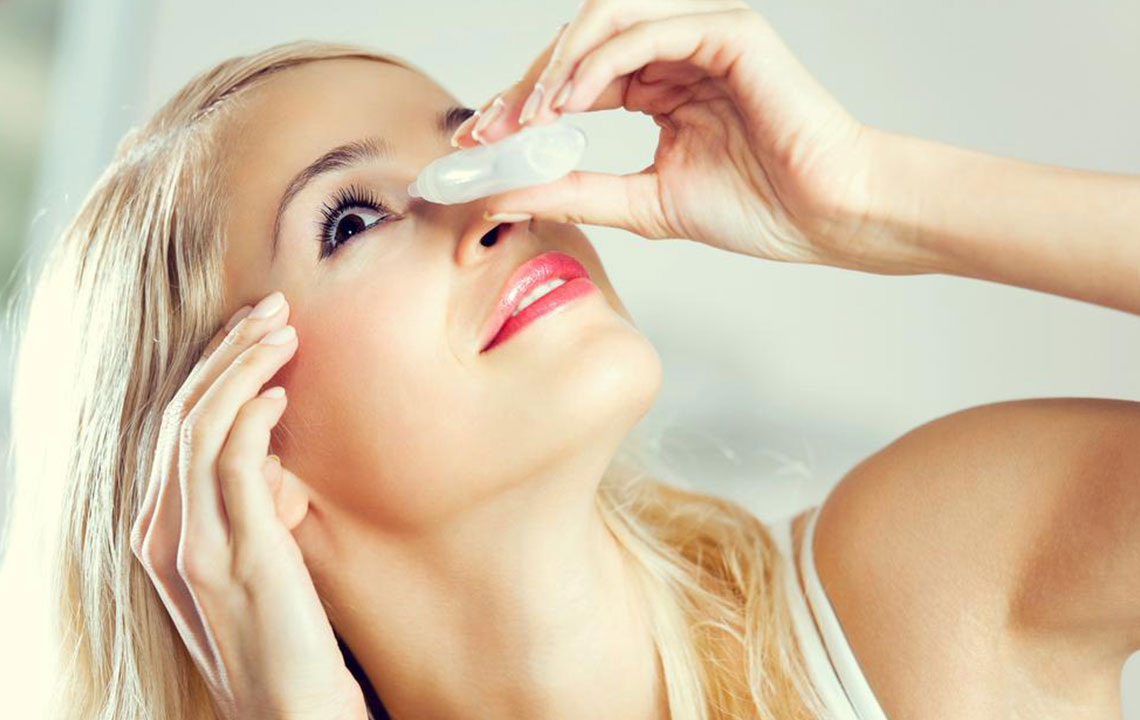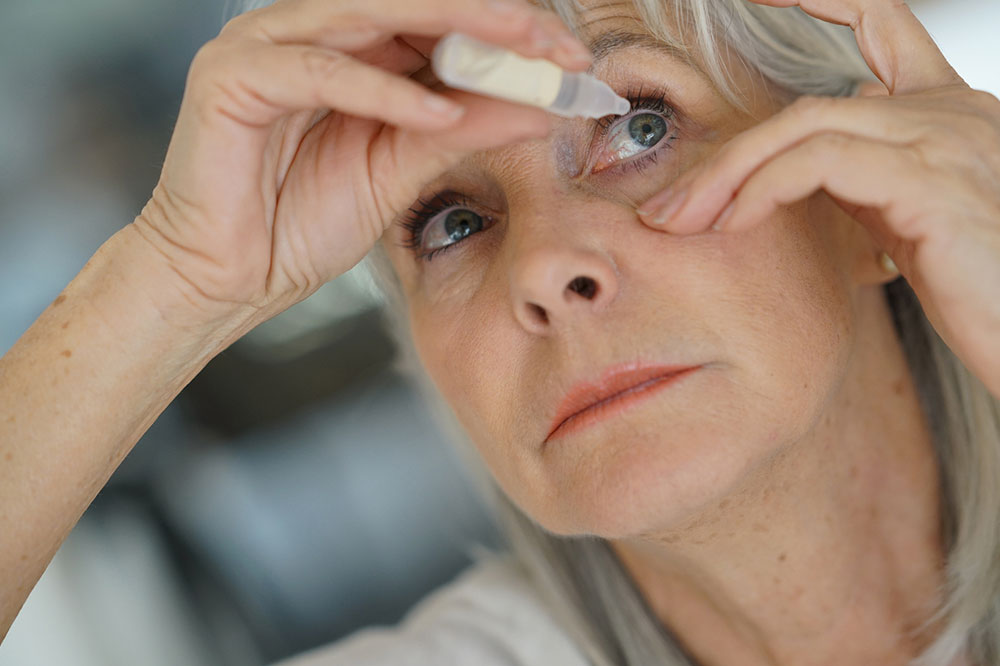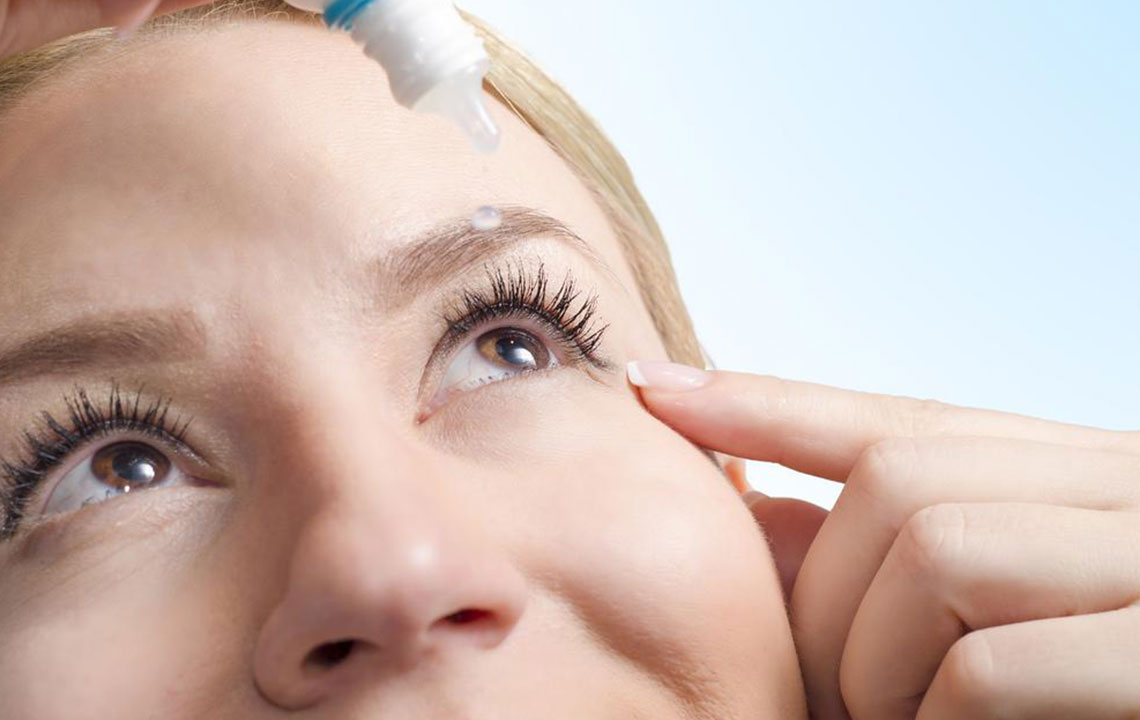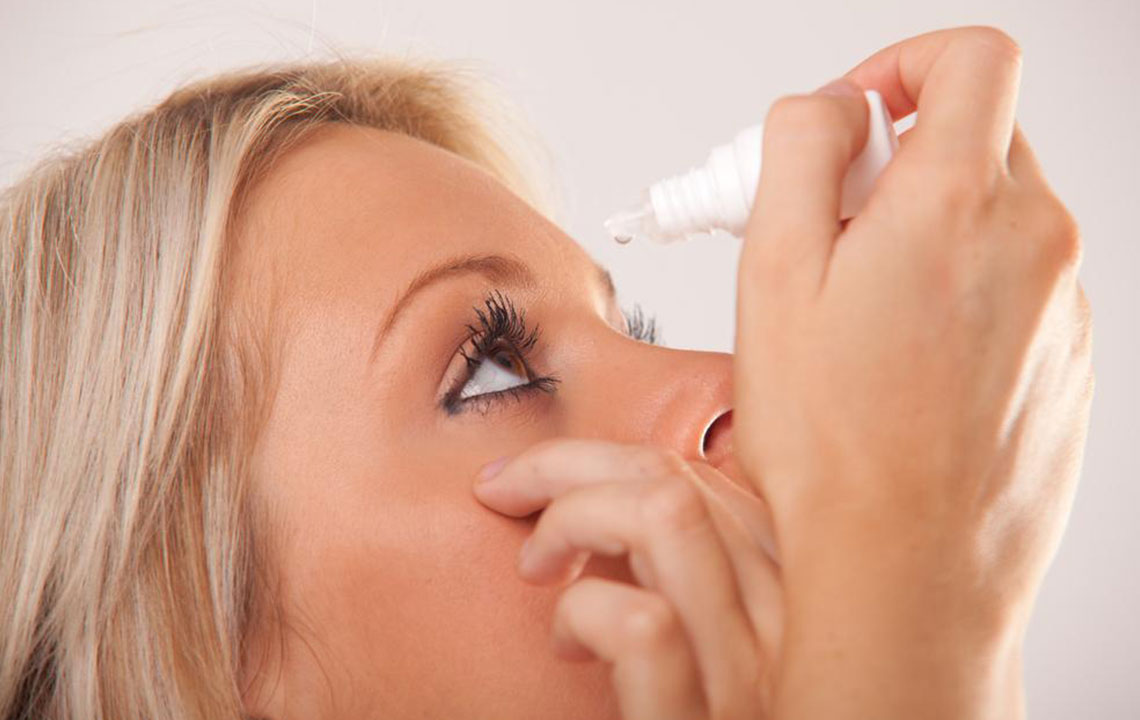Comprehensive Guide to Causes and Effective Treatments for Dry Eyes
Dry eyes are caused by a combination of factors including decreased tear production and increased evaporation. Common causes include aging, health conditions, medications, environmental agents, and structural issues. Treatments range from artificial tears and medication adjustments to advanced medical procedures like punctal plugs and lifestyle modifications. Consulting an eye specialist is crucial for persistent symptoms. This comprehensive guide covers causes, risk factors, and effective treatments to help manage dry eye conditions and improve eye comfort and health.

Understanding Common Causes of Dry Eyes and Effective Treatment Strategies
The tear film, which includes a delicate balance of oils, water, and mucus, is essential for maintaining healthy, clear, and comfortable eyes. It acts as a natural lubricant, protecting the eye surface from friction and infection. As we age, especially in women after menopause, tear production tends to decline due to hormonal changes, leading to increased vulnerability to dry eyes.
Dry eyes, medically known as keratoconjunctivitis sicca, result from either insufficient tear production or excessive evaporation of tears. Several factors contribute to this condition, including underlying health issues, environmental influences, lifestyle choices, and medication use.
Multiple factors are involved in the development of dry eyes, making it a complex condition to manage:
Medications: Certain drugs such as antihistamines, antidepressants, decongestants, and hormone therapies can reduce tear production by affecting the glands responsible for tear secretion.
Underlying Health Conditions: Diseases like diabetes, autoimmune disorders such as rheumatoid arthritis, thyroid dysfunctions, and vitamin A deficiency can impair tear production or alter tear quality.
Environmental Factors: Exposure to wind, smoke, dry air, and prolonged screen time increases tear evaporation, worsening dryness.
Structural Issues: Out-turned eyelids (ectropion) can prevent tears from evenly covering the eye surface, leading to dryness.
Gland Blockages: Obstruction of Meibomian glands reduces the secretion of oils critical for tear film stability, causing rapid tear evaporation and dry eyes. Conditions like blepharitis and rosacea are often associated with gland dysfunction.
Contact Lens Wear: Extended or improper contact lens use can disrupt the tear film, leading to discomfort, burning, and irritation.
Climate and Indoor Environment: Living in dry climates or environments with air conditioning, heating, or fans can accelerate tear evaporation and exacerbate dry eye symptoms.
Nerve Damage: Diabetic neuropathy can impair blinking reflexes, reducing the distribution of tears and increasing dryness.
Allergies: Seasonal pollen and indoor allergens, especially during winter heating, can aggravate dry eye symptoms. Allergy medications may also contribute to dryness, creating a complex management scenario.
If you experience persistent dry eye symptoms, it is essential to consult an eye care specialist for proper diagnosis and targeted treatment. Effective strategies include:
Over-the-Counter (OTC) Eye Drops: Artificial tears and lubricating gels can provide instant relief for mild symptoms. Prescription medications such as cyclosporine eye drops (e.g., Restasis) are approved by the FDA to increase tear production. Short-term corticosteroid eye drops may be used under medical supervision to reduce inflammation.
Adjusting Medications: Always consult your healthcare provider before making changes to your medication regimen, especially if medications are contributing to dryness.
Innovative Medical Devices: FDA-approved devices can stimulate tear-producing glands temporarily, offering relief for chronic dry eyes.
Punctal Plugs: These small silicone or collagen devices are inserted into tear drainage ducts to conserve tears. For long-term management, thermal cautery may be performed to permanently block tear drainage pathways.
Dietary Supplements: Omega-3 and omega-6 fatty acids, available in pills or foods like fish, flaxseed, and walnuts, can improve tear film quality and reduce inflammation.
Castor Oil Eye Drops: Preservative-free castor oil drops can lubricate the eyes and promote tear stability. Consuming castor oil-rich foods or supplements may also provide systemic benefits. It is recommended to use disposable vials for long-term use to prevent irritation.
Dry eyes can significantly impact quality of life, but with proper understanding and management, symptoms can be alleviated effectively. Maintaining good eyelid hygiene, managing environmental factors, and seeking timely medical advice are crucial for persistent symptoms.





